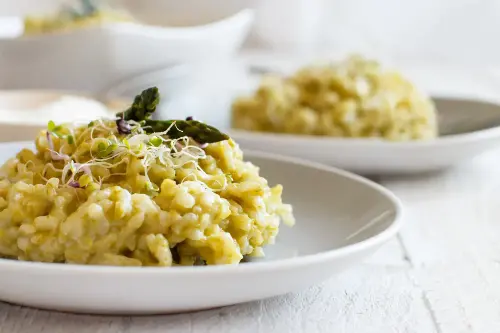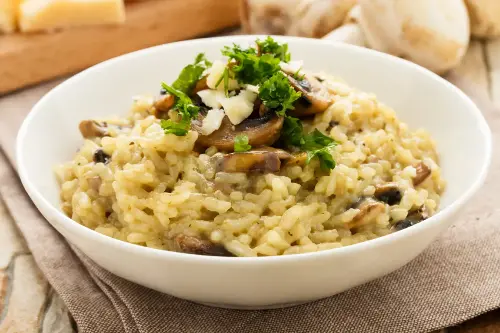Risotto, the creamy, comforting dish from Northern Italy, has garnered a devoted following across the globe. Its allure lies in a velvety texture and the nearly therapeutic process of stirring that demands both patience and attention. However, the art of making a perfect risotto can often elude even seasoned home cooks. By mastering a few key techniques and embracing a handful of tips, anyone can cook up a flawless risotto that would impress even the sternest Italian nonna.

Understanding Risotto
At its core, risotto is a dish of rice cooked slowly in broth until it reaches a creamy consistency. The magic of risotto lies in the type of rice used. Arborio, Carnaroli, and Vialone Nano are the most popular choices. These short-grain rices are high in amylopectin, a starch responsible for the creamy texture of the dish. Each variety has its nuances; Arborio is widely available and forgiving, Carnaroli is preferred by chefs for its firmer texture, and Vialone Nano is appreciated in the Veneto region for its ability to absorb flavours.
The secret to risotto’s creaminess doesn't lie in cream or cheese, but in the starch of the rice, which is coaxed out by constant stirring. This stirring agitates the grains, rubbing them against one another and releasing the starch into the cooking liquid.
Choosing Ingredients and Seasoning
Start with a good stock—homemade is preferable for flavour, but a quality store-bought broth can work in a pinch. The broth should be kept at a simmer on a separate burner while you cook the risotto, as adding cold liquid to hot rice can result in hard, uncooked grain.
The addition of onions sautéed in butter or olive oil forms the flavour base for most risotto recipes, and it's crucial not to brown the onions as this can affect the dish's flavour profile. Toasting the rice, or 'tostatura', is integral to the process. Cooking the grains until they are translucent before adding liquid ensures they absorb flavours more efficiently.
Wine is typically added post-tostatura, providing acidity that balances the richness, but wait for it to fully absorb before progressing with ladles of hot stock. Patience is key here; add the broth gradually, allowing the rice to slowly absorb the liquid before adding more.

Effective Stirring and Consistency
While endless stirring might seem daunting, it’s what makes or breaks a risotto. Use a wooden spoon to stir frequently but not constantly, allowing the rice to gently simmer between stirs. This prevents the grains from cooking too quickly on the outside while staying raw inside.
Determining when a risotto is done is an art form in itself. The ideal risotto should flow like lava from a spoon, settling softly but maintaining body. Overcooking the rice can make the dish too dry or mushy. It should be al dente—cooked through but with a slight bite.
Finishing Touches
One of the final steps to making an outstanding risotto is the 'mantecatura', a vigorous stirring in of cold butter, cheese (Parmesan is typical), and sometimes cream, right before serving. This step emulsifies the remaining cooking liquid with the fat, bringing the dish to its ultimate creamy texture.
Risotto pairs beautifully with a myriad of flavours, from saffron in Milan's iconic Risotto alla Milanese to wild mushrooms, seafood, or simply a medley of seasonal vegetables. Each ingredient should be cooked properly before being incorporated into the rice.

Revolutionise Your Risotto
Remember, making risotto is more rhythm and feel than strict recipe adherence. Each batch might behave a little differently based on factors like the exact heat of your stove or the age of your rice. Embrace the variations and use them as learning moments.
Moreover, as risotto doesn’t wait well (it continues to absorb liquid and can become stodgy), it should be eaten right away, making it a perfect dish to serve immediately to eagerly waiting guests.
With patience, attentiveness, and passion, cooking a flawless risotto at home can be incredibly rewarding and delicious. Whether for a luxurious weeknight dinner or a special occasion, risotto is a dish that celebrates the romance of Italian cuisine and the joy of home cooking. Once you embrace these techniques, you too can be a part of the risotto revolution in your own kitchen. Cheers to many creamy, comforting meals ahead!
